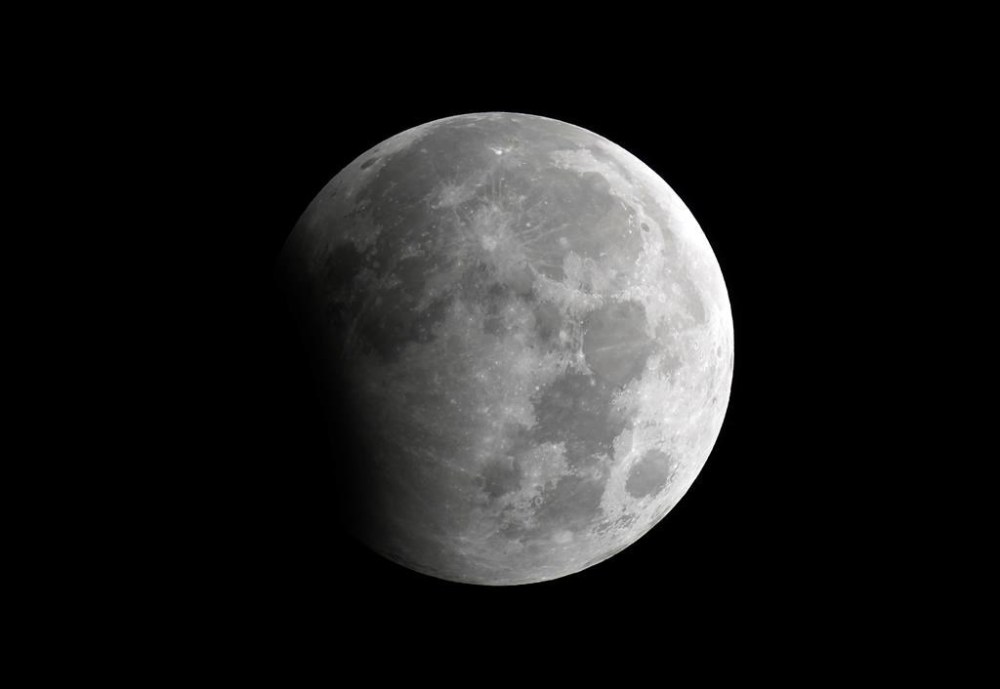Catch a partial lunar eclipse during September’s supermoon
Advertisement
Read this article for free:
or
Already have an account? Log in here »
To continue reading, please subscribe:
Monthly Digital Subscription
$0 for the first 4 weeks*
- Enjoy unlimited reading on winnipegfreepress.com
- Read the E-Edition, our digital replica newspaper
- Access News Break, our award-winning app
- Play interactive puzzles
*No charge for 4 weeks then price increases to the regular rate of $19.00 plus GST every four weeks. Offer available to new and qualified returning subscribers only. Cancel any time.
Monthly Digital Subscription
$4.75/week*
- Enjoy unlimited reading on winnipegfreepress.com
- Read the E-Edition, our digital replica newspaper
- Access News Break, our award-winning app
- Play interactive puzzles
*Billed as $19 plus GST every four weeks. Cancel any time.
To continue reading, please subscribe:
Add Free Press access to your Brandon Sun subscription for only an additional
$1 for the first 4 weeks*
*Your next subscription payment will increase by $1.00 and you will be charged $16.99 plus GST for four weeks. After four weeks, your payment will increase to $23.99 plus GST every four weeks.
Read unlimited articles for free today:
or
Already have an account? Log in here »
Hey there, time traveller!
This article was published 14/09/2024 (455 days ago), so information in it may no longer be current.
NEW YORK (AP) — Get ready for a partial lunar eclipse and supermoon, all rolled into one.
The spectacle will be visible in clear skies across North America and South America Tuesday night and in Africa and Europe Wednesday morning.
A partial lunar eclipse happens when the Earth passes between the sun and moon, casting a shadow that darkens a sliver of the moon and appears to take a bite out of it.

Since the moon will inch closer to Earth than usual, it’ll appear a bit larger in the sky. The supermoon is one of three remaining this year.
“A little bit of the sun’s light is being blocked so the moon will be slightly dimmer,” said Valerie Rapson, an astronomer at the State University of New York at Oneonta.
The Earth, moon and sun line up to produce a solar or lunar eclipse anywhere from four to seven times a year, according to NASA. This lunar eclipse is the second and final of the year after a slight darkening in March.
In April, a total solar eclipse plunged select cities into darkness across North America.
No special eye protection is needed to view a lunar eclipse. Viewers can stare at the moon with the naked eye or opt for binoculars and telescopes to get a closer look.
To spot the moon’s subtle shrinkage over time, hang outside for a few hours or take multiple peeks over the course of the evening, said KaChun Yu, curator at the Denver Museum of Nature and Science.
“From one minute to the next, you might not see much happening,” said Yu.
For a more striking lunar sight, skywatchers can set their calendars for March 13. The moon will be totally eclipsed by the Earth’s shadow and will be painted red by stray bits of sunlight filtering through Earth’s atmosphere.
—-
The Associated Press Health and Science Department receives support from the Howard Hughes Medical Institute’s Science and Educational Media Group. The AP is solely responsible for all content.

